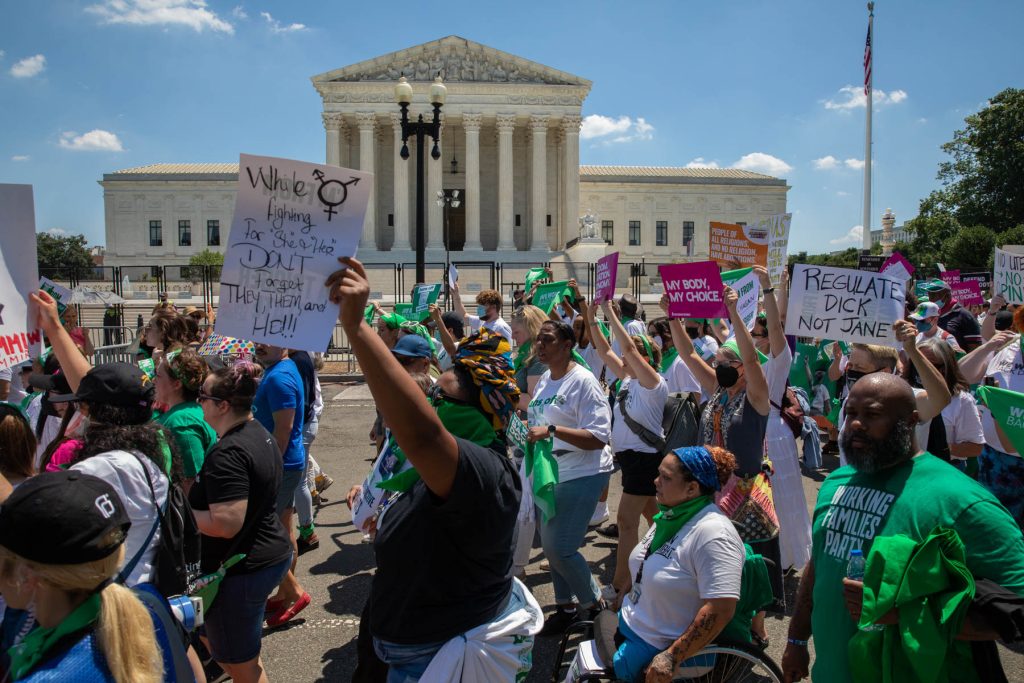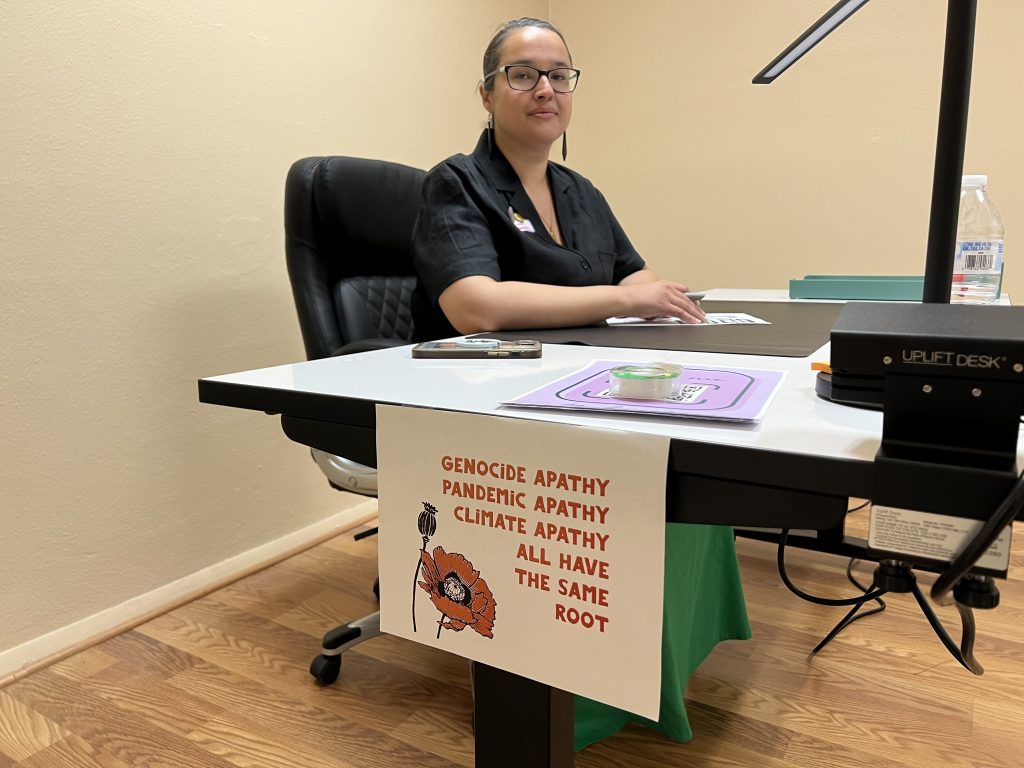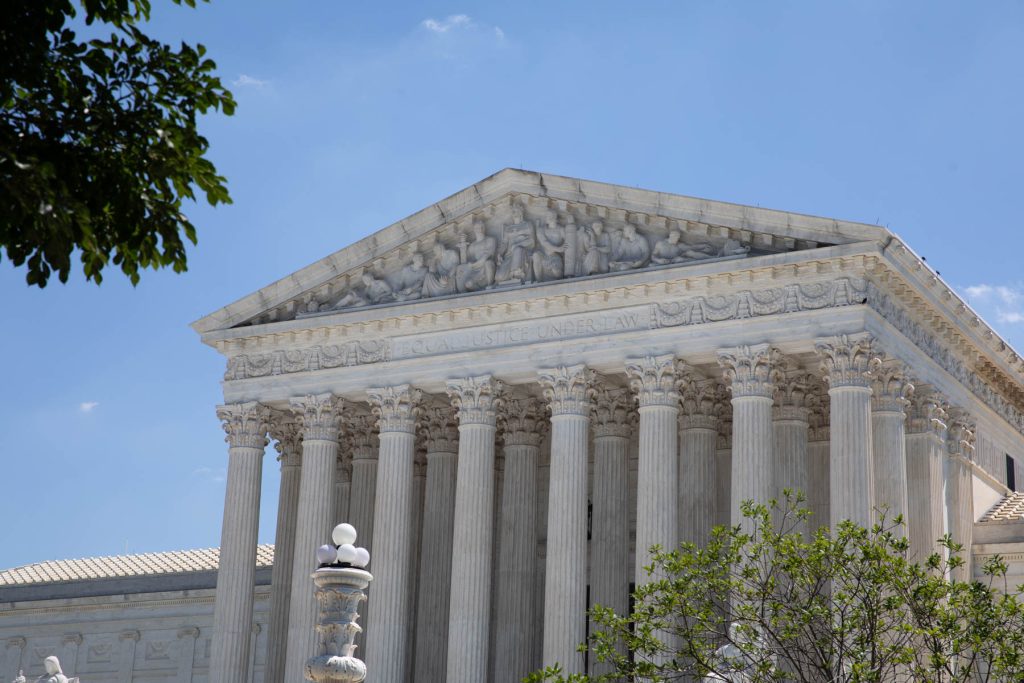Shannon Kennedy was “shocked” when she came across a document filed by the defense for the Hobbs Police Department while preparing for a sweeping civil rights trial focused on allegations of racist policing.
The well-known Albuquerque lawyer and her partners had hired a police practices expert and a demographer to investigate claims by three former Hobbs Police Department officers, their clients, that department brass pushed them out for raising concerns about targeting black and Hispanic communities.
The demographer produced a detailed, 15-page report that showed Hobbs PD made a majority of “pedestrian stops” in the city’s heavily black and Hispanic south end and that non-whites were far more likely to find themselves detained by officers in such stops.
The demographer’s report, which relied on population mapping and data analysis, was dated July 30, 2019.
A few months later, lawyers representing the city of Hobbs, which has a documented history of discriminatory policing, hired its own expert to produce a report on “the perceived issues in the case.” The resulting two-and-a-half-page document says simply the methodology used by the plaintiffs’ demographer — examining stop, detention and arrest rates in certain locations — is “an ineffective and flawed measure” of policing. The report does not address the demographer’s findings.
The signature at the bottom of the defense report: Dr. James Ginger.
New Mexico law enforcement watchers and news consumers will be familiar with Ginger — since 2014 he’s been the court-approved federal monitor overseeing a yearslong reform effort aimed at correcting a “culture of aggression” within the Albuquerque Police Department, which was identified in a lengthy U.S. Department of Justice investigation.
“At first I was like, ‘Is this him?’ I had to make sure,” Kennedy, who has sued APD many times and knows Ginger’s work there intimately, told New Mexico In Depth. “I have such a hard time with people who make money fighting for one kind of change, but who don’t acknowledge systemic racism in criminal justice. They need to be called out. This is why we are where we are today.”
Ginger’s company has been paid millions of dollars for its work by the city of Albuquerque.
Reached by telephone this week, Ginger declined to answer questions about his Hobbs report, which was filed in November. An Albuquerque-based lawyer who is representing Hobbs also declined to comment, and his co-counsel, an out-of-state lawyer, did not return NMID’s calls.
Ginger’s role in the case raises a host of questions for Kennedy, whose firm provided copies of all three expert reports for NMID to review.
His is among a small handful of companies that, particularly under President Barack Obama, flourished by acquiring high-dollar contracts to oversee systemic change in police departments across the country after the DOJ issued scathing reports detailing patterns of unconstitutional policing.
Ginger’s work at APD has been a lengthy, data-intensive slog. Its intent is to resolve decades-old problems with the way officers use force, including deadly force, how supervisors investigate those cases and a leadership culture that too often turned a blind eye when cops went too far.
From Kennedy’s perspective, Ginger’s job as change agent at APD doesn’t square with his report on the Hobbs case, which she said amounts to upholding the status quo of a different, unjust system in another part of the state. She sees Ginger’s document, which does not rely on his own data analysis, as a blanket defense of a highly controversial law enforcement tactic: hot-spot policing.
“I am shocked, shocked to see that Dr. Ginger, someone who has been working with the DOJ to reform police departments around the country in the modern era would also work for insurance companies to purport that hot-spot policing is valid,” Kennedy said.
Albuquerque Mayor Tim Keller’s administration, which pays Ginger for his work at APD, declined to make someone available for an interview about whether Ginger’s work in Hobbs affects the credibility of his oversight work with APD.
Allegations of race-based policing in Hobbs
The former Hobbs officers — Brandon Ellis and Vasshawn Robinson, who are black, and Jeremy Artis, who is white — claim in their 2017 lawsuit that a host of Hobbs officials, including Police Chief Christopher McCall and City Manager JJ Murphy violated the New Mexico Whistleblower Protection Act and the First and Fourteenth amendments of the U.S. Constitution.
The trio said higher-ups retaliated against them for resisting orders to over-police heavily non-white sections of town and for meeting with local NAACP officials about their concerns.
The officers claim they were essentially pushed out of Hobbs PD and that department brass tried to prevent them from getting law enforcement jobs elsewhere.
Through contracted private lawyers, including a legal team from Ohio, the Hobbs officials have denied the claims in court filings.
The case is headed toward trial in U.S. District Court amid renewed national focus and criticism of police tactics that are nearly identical to those alleged in the former officers’ lawsuit: “stop and frisk” and the overarching strategy it emerges from, known as “hot-spot policing.”
Under that law enforcement philosophy, police brass identify “hot spots” in their city where they believe crime is concentrated, then “flood the zone” with a high volume of patrol officers. Those officers are instructed to stop pedestrians and motorists who fit generic descriptions of would-be criminals and search them for illegal contraband, known as “frisking.”
Former New York City Mayor Michael Bloomberg thrust the strategy into the national consciousness while he was running the city in the early 2000s. And he credited it for reducing crime in the Big Apple.
But now he’s running for president, and black voters have excoriated Bloomberg for what they say was racist law enforcement practice — most of those stopped and frisked were not white — and the billionaire’s tepid apology for it. Some of Bloomberg’s Democratic rivals have hit him during debates and interviews for the use of stop and frisk, too.
Kennedy said Hobbs has been using its own version of the controversial tactic for years.
“They create the hotspot through discriminatory policing, then turn around and call it a hotspot,” she said, adding that it’s the department’s choice to send large patrols into predominantly black and Hispanic neighborhoods.
It’s an old phenomenon in Hobbs.
In the early 2000s, the police department was placed under the supervision of a federal judge and two appointed monitors after a class action lawsuit revealed racially discriminatory policing. One of the monitors, Robert Stewart, is now working as an expert for the plaintiffs in the new case.
In his report, Stewart points out that five of the eight defendants named in the current lawsuit, including Chief McCall, were in the Hobbs department during the older case. Stewart concluded that “the manner in which some (Hobbs PD officers) unjustly targeted minorities in the south and east Patrol Areas by making highly discretionary stops and contacts was in an effort to satisfy their superiors’ pressure for them to aggressively make stops and arrests.”
The report from the plaintiffs’ demographer, William Cooper, offers an in-depth analysis that brings the claims of Ellis, Robinson and Artis into sharper relief.
Cooper used Hobbs PD’s own data to examine pedestrian stops between October 2016 and October 2018. He employed GIS software to map out the stops by street intersection and overlaid his analysis on top of a 2010 Census block map depicting race and ethnicity. (His report acknowledges that there has been a population increase in Hobbs since the last Census was taken.)
Among Cooper’s findings:
- The south and east ends of town, comprising Hobbs PD patrol districts 3, 4 and 6, are more than 80% non-white and saw disproportionate numbers of pedestrian stops compared to the rest of the city.
- There were 1,547 pedestrian stops in the two-year period; 1,261, or 82.4%, were in districts 3, 4 and 6.
- The highest concentration of pedestrian stops — nearly a third of them — took place in areas of the city with overwhelmingly black and Hispanic residents. Those areas of town account for less than 7% of Hobbs’ population.
- The block with the most stops, 47 of them, is in District 3; nearly 10% of the city’s black population lives there.
“The bullseye is on minority neighborhoods,” Cooper concluded.
Not so, according to Ginger, whose report indicates he reviewed the documents filed by Cooper and Stewart and a submission by Kennedy laying out the cause for the court case.
Ginger stated police officials don’t generally base their deployment decisions on geography or demographics. In his experience, calls to the police for help drive those choices.
Cooper did not analyze Hobbs’ calls for police service, according to his report.
“In my experience, the data yielded by Mr. Bill Cooper’s analysis, are evidence of effective police deployment practices,” Ginger wrote, adding that in his experience with departments around the country, police are more often called to “inner-city areas” and police brass often send high numbers of officers to those areas.
He continued, saying he saw “no evidence” to support the former officers’ claims and offered a historical defense of Hobbs PD’s strategy as one based on data and evidence used to solve problems.
“This was true in the ’70s when I ran highly focused anti-crime programs for my police department, it was true in the ’80s when I designed such allocation practices for the San Antonio Police Department, and it is true today,” Ginger wrote.
Kennedy responded to that assertion with exasperation.
“Time is a flat circle — there has been no progress to stop discriminatory policing since the ‘70s,” she said. “Who did it work for?”
The ‘expert witness’
Kennedy questioned Ginger’s “side job” as an expert for a New Mexico police department that’s being sued for alleged racist practices — particularly given his court-approved push for deep change in Albuquerque.
Although federal investigators did not find evidence of racial discrimination in their use-of-force probe at APD, they did uncover deeply rooted, systemic problems with leadership, supervision and culture.
“I don’t think he should be the monitor,” Kennedy said of Ginger’s role in Albuquerque. “I think he should be disqualified as a result of writing this report. It’s contrary to bringing justice to communities that have borne the consequences of racist policing.”
Asked to respond, Ginger said: “I will not respond to that; I’m not that stupid.” After laughing for a few seconds, Ginger continued: “She needs to argue her case in court, not in the news media. So, I won’t have a comment.”
NMID sought an interview with Keller or someone in his administration about what Kennedy called the “cognitive dissonance” of Ginger defending hot-spot policing and apparently ignoring the stark figures unearthed by Kennedy’s demographer.
Through a spokeswoman, Keller refused to be interviewed. Instead, the spokeswoman sent a statement that did not respond to NMID’s inquiries.
“The monitor was selected by the previous administration and is overseen by the courts,” the spokeswoman wrote. “Only the court has the authority to make changes to the (DOJ/APD agreement.) We are committed to constitutional, community policing regardless of who oversees it.”
Ginger, who refused to speak to NMID about his report, referred NMID to Luis Robles, of the Albuquerque-based firm Robles, Rael and Anaya. Robles is a frequently hired defense lawyer for New Mexico police departments when they are sued for alleged civil rights violations.
Reached by telephone this week, Robles said his role was “very limited” in the case.
Asked whether Ginger became involved in the Hobbs case through Robles, he declined to answer. Robles referred questions about Ginger’s report to attorney Todd Raskin of Cleveland, Ohio, who is lead counsel for Hobbs. Raskin did not return NMID’s calls.
But Robles revealed a longtime professional relationship with Ginger that appears not to have previously been disclosed publicly: “I actually hired him as an expert to review the Internal Affairs process of the city of Albuquerque’s IA function back in the ‘90s.”
It is not clear whether city or federal officials were or are aware of Ginger’s previous familiarity with areas at APD in which he is now overseeing wholesale change.
Robles pointed out that Ginger does expert witness work in addition to serving as a monitor on Justice Department-led reform efforts.
“I suppose you would think that’s the only thing he does, but he’s been doing this stuff for a really long time,” he said.
According to records reviewed by NMID, Cooper and Stewart, the plaintiffs’ experts, were paid $125 and $191 an hour, respectively, for their reports. Ginger was paid $450 an hour to produce his.
This article first appeared on New Mexico In Depth and is republished here under a Creative Commons license.


















